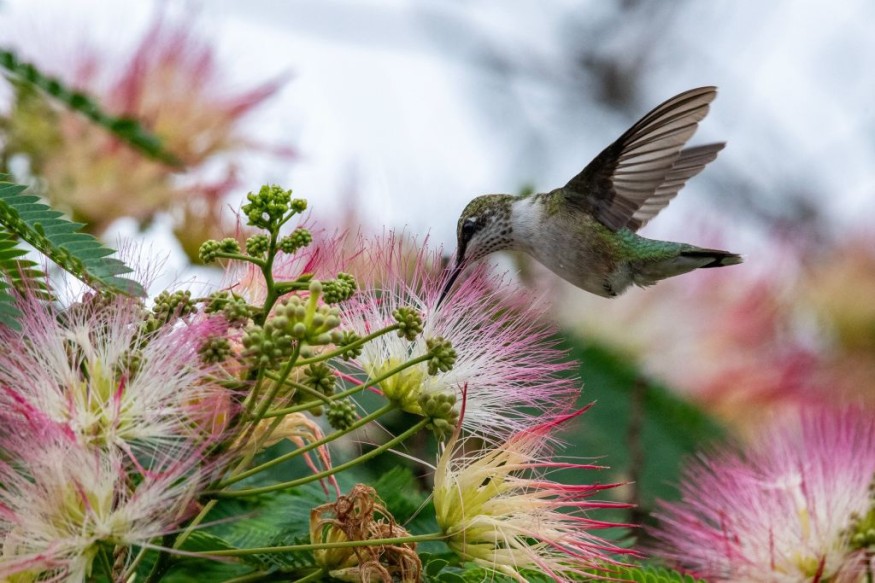
Experts said that insects search for pollinating flowers through electric fields. Flowers utilized a variety of strategies to inform pollinating insects about their pollen reserves, such as color and smell.
The goal of every living organism, including plants, is to create offspring for the next generation. One of the ways that plants can produce offspring is by making seeds. These seeds contain the genetic information to produce a new plant.
Transferring Pollen Grains
The United States' Department of Agriculture's Forest Service said defined pollination as the act of transferring pollen grains from the male anther of a flower to the female stigma.
Flowers are the tools that plants use to make their seeds. Seeds can only be produced when pollen is transferred between flowers of the same species. A species is defined as a population of individuals capable of interbreeding freely with one another but because of geographic, reproductive, or other barriers, they do not interbreed with members of other species.
Studies have shown that flowers must rely on vectors to move pollen. These vectors can include wind, water, birds, insects, butterflies, bats, and other animals that visit flowers. Scientists called animals or insects that transfer pollen from plant to plant "pollinators.''
Unintended Consequence
Pollination is usually the unintended consequence of an animal's activity on a flower.
Researchers said that a pollinator is often eating or collecting pollen for its protein and other nutritional characteristics or it is sipping nectar from the flower when pollen grains attach themselves to the animal's body.
When the animal visits another flower for the same reason, pollen can fall off onto the flower's stigma and may result in successful reproduction of the flower.
Pollen may "germinate," which means that a "pollen tube" forms on the sticky surface of the stigma and grows down into the ovule of the plant.
This growth can result in the successful fertilization of the flower and the growth of seeds and fruit; or a plant can be only partially fertilized, in which the fruit and/or seeds do not fully develop; or the plant can completely fail to be pollinated, and may not reproduce at all.
Plants can be:
- Self-pollinating - the plant can fertilize itself; or,
- Cross-pollinating - the plant needs a vector (a pollinator or the wind) to get the pollen to another flower of the same species.
Scientists said that animal pollinators play a crucial role in flowering plant reproduction and in the production of most fruits and vegetables.
Most plants require the assistance of pollinators to produce seeds and fruit. About 80% of all flowering plants and over three-quarters of the staple crop plants that feed humankind rely on animal pollinators.
Pollinators visit flowers in search of food, mates, shelter and nest-building materials.
The energy that powers pollinator growth, metamorphosis, flight and reproduction comes from sugars in nectar, and the proteins, fats, vitamins and minerals from pollen grains.
Related Article : Pollination by Different Bee Species Boosts Cherry Harvest: Research
© 2025 NatureWorldNews.com All rights reserved. Do not reproduce without permission.

